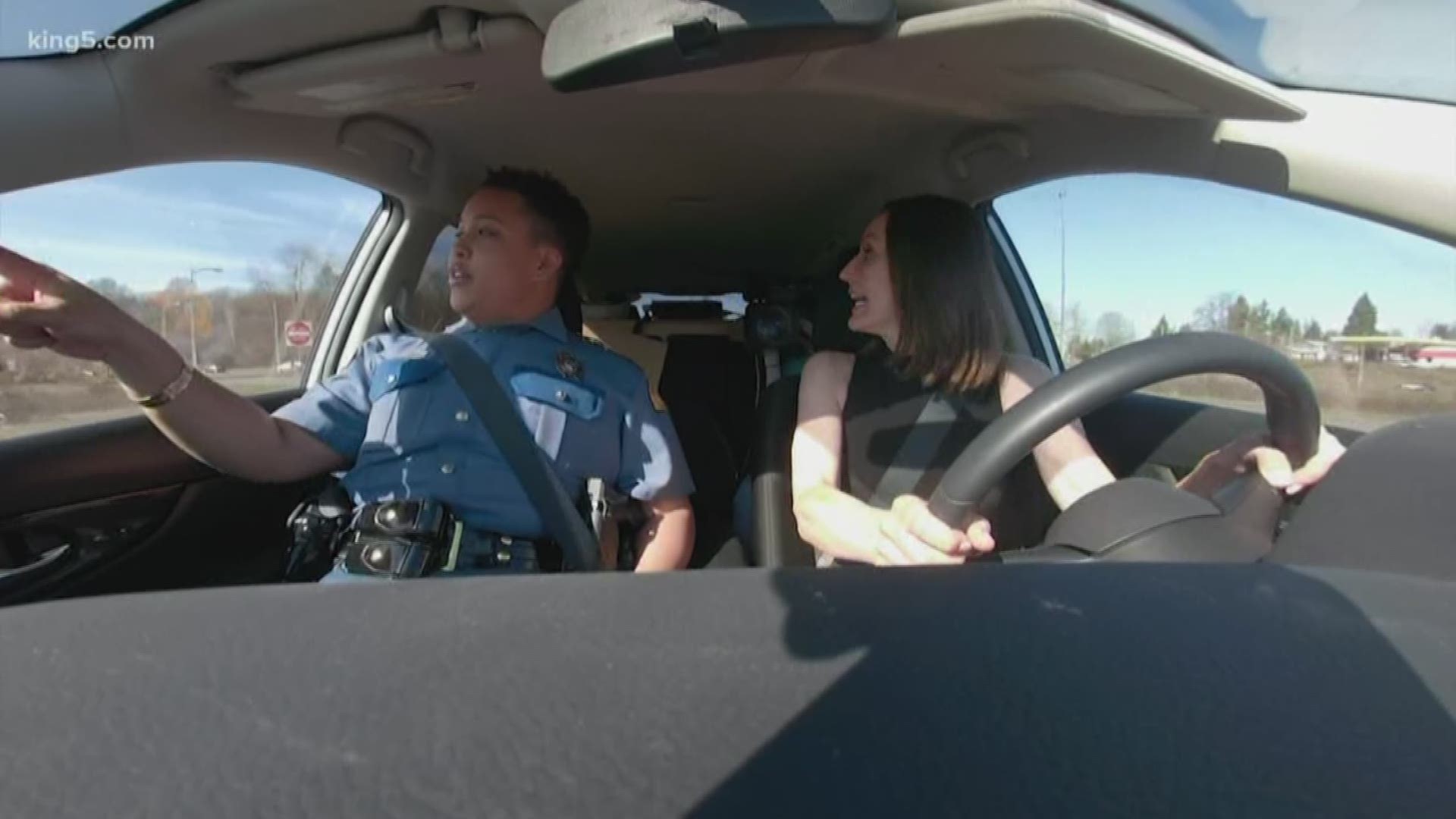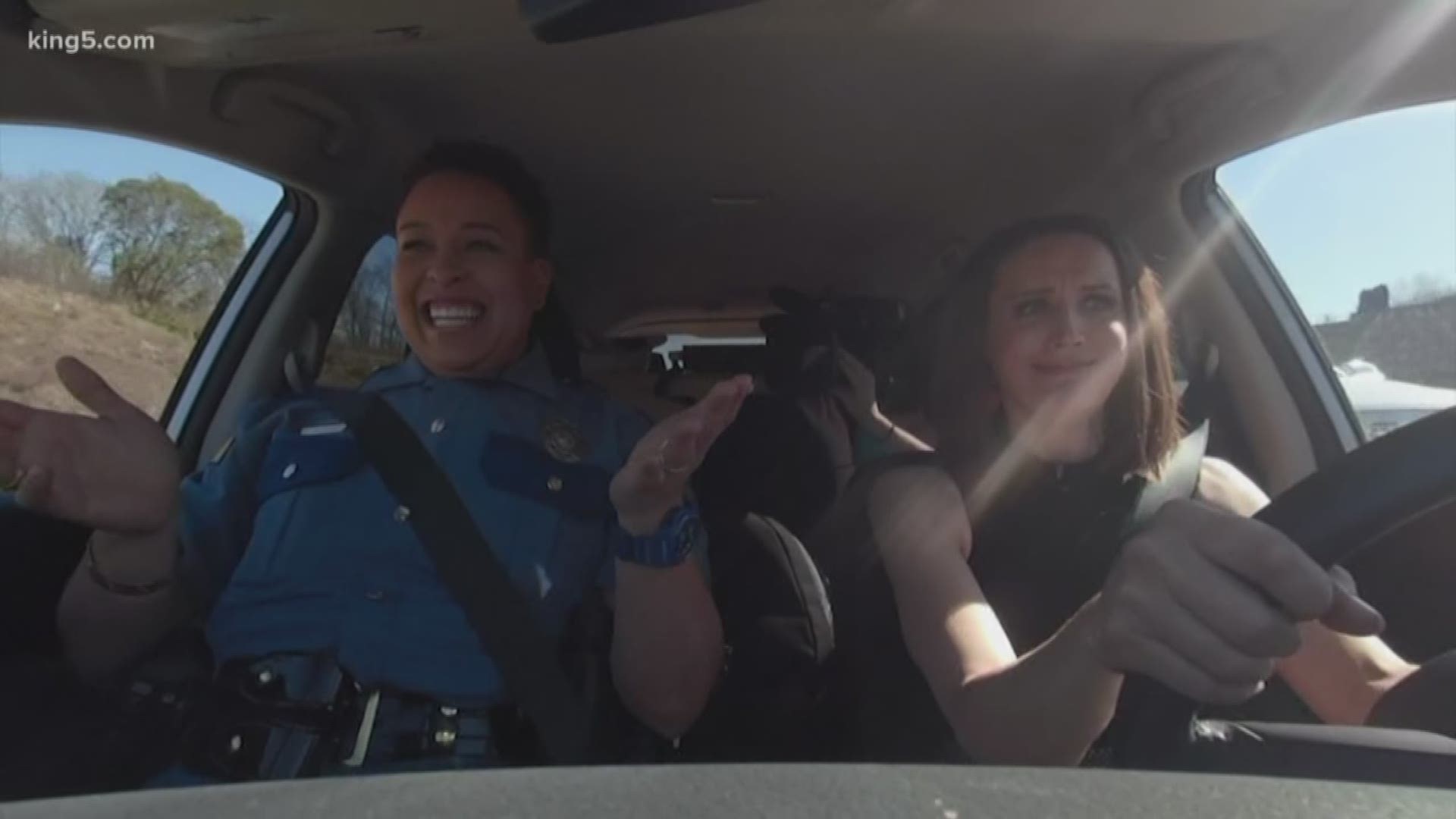TACOMA, Wash. — It's the topic of countless arguments both on and off the road: When are you supposed to get over in a zipper merge? What the heck is a zipper merge, anyway? And who's in the right: people who wait until the last possible second to get over, over people who politely cram in as soon as the sign pops up?
You may not like the answer. (That's part of lesson 4, below.)
Here are five lessons on merging from Washington State Patrol Trooper Johnna Batiste:
LESSON 1: Not all merging is the same. A zipper merge specifically refers to the kind of merging that's required when one lane is ending. Getting onto the freeway? That's regular merging. Moving over into the fast lane? That's just a lane change.
LESSON 2: When you're in a regular merge (when one lane of traffic is joining another) the sign will show two solid lines merging into one. The thicker line is the "boss"- traffic in that lane has the right of way, and it's the responsibility of the traffic joining you from the thin line to merge over safely.
LESSON 3: A "zipper merge" is notated with a sign that shows two lanes becoming one with a dotted line — like the teeth of a zipper.
LESSON 4: It might feel polite to merge over as soon as you see the sign indicating your lane will eventually end in a zipper merge. But it turns out, the people who ride the lane all the way to the end before getting over are the ones in the right!
The problem with all of us thinking we're being polite is that we all slow down and try to get over at different times, backing up both lanes for a good long distance. Trooper Batiste points out that if we all zipper merge properly, that is, wait until the lane ends to get over and go every other vehicle, alternating like the teeth of a zipper, traffic will move more smoothly.
LESSON 5: No matter what "kind" of merging you're doing, Trooper Batiste says your goal should always be to do so in a way that makes as little of an impact on the traffic around you as possible. For example, if you need to speed up (safely and within the speed limit) in order to change lanes into a safe opening, that is well within your right and likely the safest way to do it. Conversely, if you slam on your brakes to "be polite" and let someone in, that's likely less safe than continuing at a normal speed and letting them merge over when they find a safe spot.
MORE: Two state lawmakers introduced a bill this year to make zipper merging a bigger focus of driver's education in Washington State. Click HERE to see where the bill is now.


